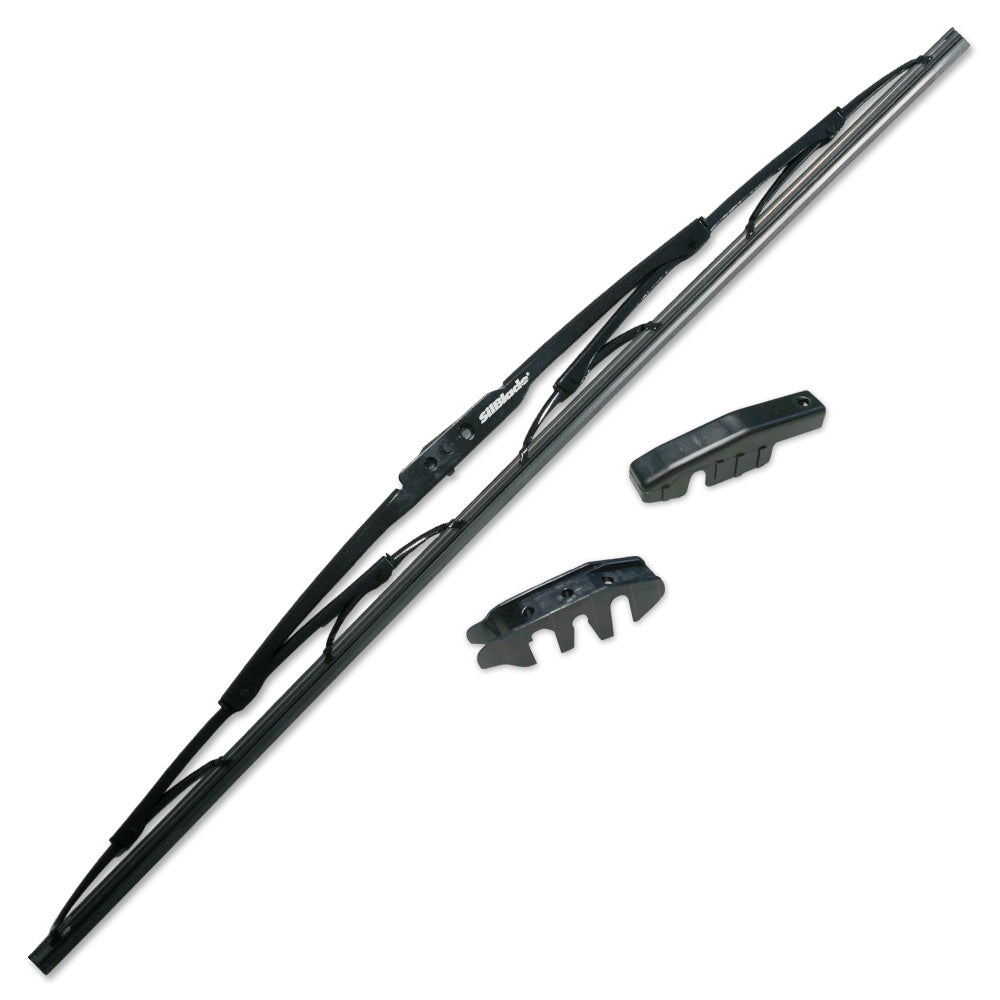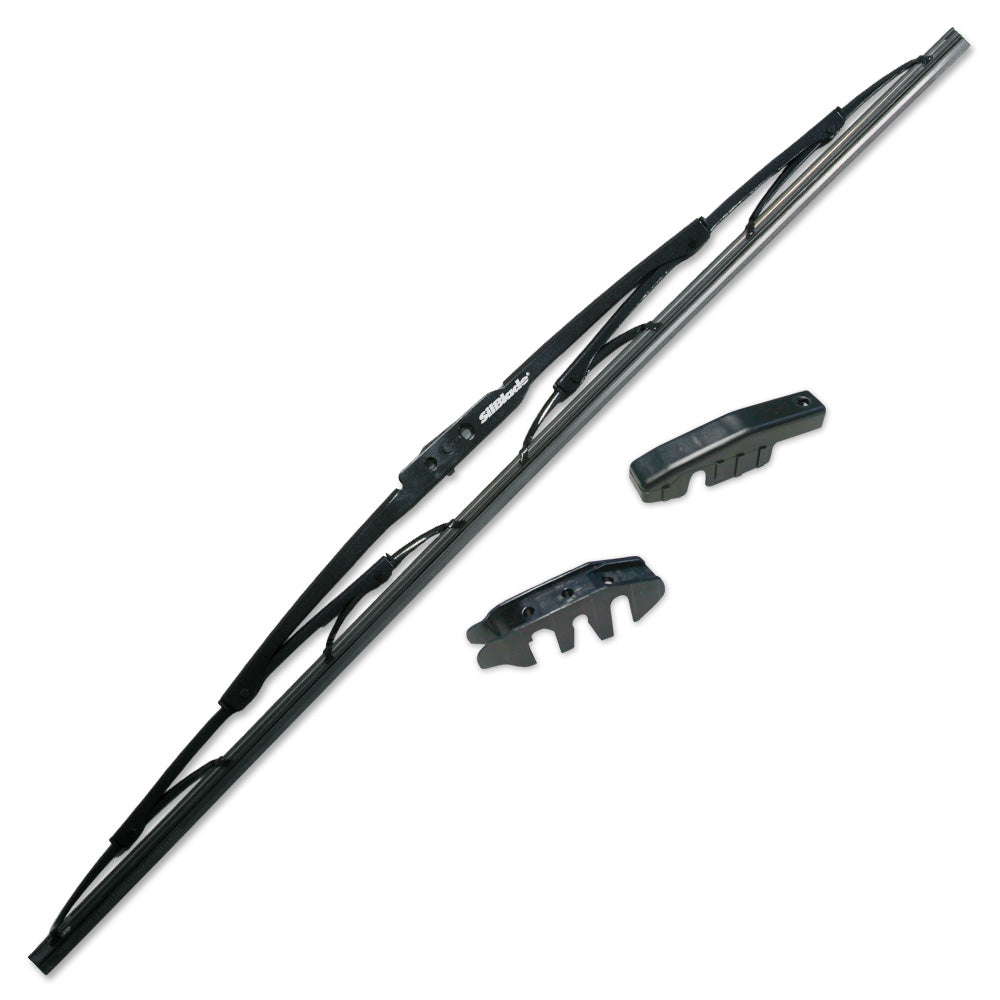
Winter Wiper Do’s and Don’ts: A Comprehensive Guide
As winter brings the potential for poor visibility and snowy conditions, it's crucial to adapt our vehicle maintenance routines. A top priority is understanding the Winter Wiper Do’s and Don’ts. In this comprehensive guide, we will delve into key insights and expert recommendations to keep your windshield pristine and your winter drives worry-free.
Surviving Winter with Optimal Windshield Wiper Performance
Select Winter-Ready Wiper Blades
Begin by investing in wiper blades designed specifically to withstand frigid temperatures and prevent ice and snow buildup. Look for blades with protective rubber boot coverings along the edges to stop frozen precipitation from accumulating where the blade meets the windshield. Internal metal support frames that flex in cold weather, like those in PIAA Super Silicone, Bosch ICON blades or FlexBlade from SilBlade®, maintain full windshield contact across the wiper's length.
Install Wipers Before Winter Hits
Always install new wiper blades before cold weather sets in to avoid struggling with roadside replacement in freezing temperatures when your old blades finally give out. Check that winter blades press firmly across the entire windshield once mounted to confirm full wiping coverage.
Establish a Weekly Wiper Inspection Routine
Make it a habit to visually inspect wiper blades about once a week as daylight hours dwindle in winter. Check for any cracking in the rubber that could lead to tearing. Confirm the blade frames still glide smoothly back and forth when moved manually. Also, test wipers in light rain or snow to identify any streaking or missed spots needing to be addressed.
Use Windshield Washer Fluid Wisely
Keep the windshield washer fluid reservoir filled with formulas rated for -20°F or lower to prevent freezing. Use washer fluid liberally when melting ice on the windshield, but don't overdo it. Excess fluid can refreeze and cause problems at extremely low temperatures. Choose brands with antifreeze ingredients.
Clear Ice and Snow Carefully

Never forcefully scrape or chip hardened ice or impacted snow directly off wiper blades and arms with scrapers or improvised tools. This can tear the rubber. Always first defrost windshields with the heated vents pointed directly at the glass so accumulated ice and snow soften up. Then you can clear the wipers gently using a soft-bristle snow brush extension handle.
Strategically Park Your Vehicle
When possible, store vehicles overnight in garages to prevent wiper blades from freezing to icy windshields. If outdoor parking is your only option, remember to lift the wiper arms off the windshields before leaving your vehicle to prevent them from sticking to the glass. Covering blades with socks can add further protection.
Don’t Store Replacement Wipers Outdoors
Avoid leaving spare wiper blades in cold garages or outdoors exposed to subzero temperatures. The rubber can become brittle once thawed out. For longevity, keep replacement wiper blades in a warm area indoors until they are needed for installation.
Prevent Ice Buildup Around Blades
Spray deicer fluid directly onto windshields right around the wiper blades more heavily prior to use. This prevents ice from accumulating only where the blades need to make windshield contact. Never tug on wipers frozen solidly in place.
Lubricate Wiper Arm Hinges
Use silicone spray lubricant on wiper arm joints before winter to prevent corrosion and ensure smooth motion of the arms even when temporarily encased in ice. Built-up grime also stops arms swinging freely across the windshield as needed.
Adjust Wiper Speed for Heavy Snow Driving
When navigating through an active snowstorm or blizzard with accumulated powder slowing your speed, turn windshield wiper settings down to intermittent rather than continuous operation. The slower back-and-forth frequency prevents overloading the wiper motor when heavy snow piles onto each stroke.
Always Defrost Before Engaging Wipers
Allow ample time for your vehicle’s defroster system to thoroughly melt ice off the windshield before turning on the wipers after cold nights. Letting wipers chip away at ice buildup places excessive strain on wiper components.
Stick to Commercial Deicers
Avoid pouring household liquids like vinegar over your windshield to aid in ice removal. These DIY options can deteriorate rubber blades and plastic fittings. For effectiveness and safety, use commercial winter washer fluid blends rated to at least -20°F.
Have Wipers Professionally Inspected Yearly
Most automotive repair facilities include wiper blades as part of their service inspection process. This allows professional technicians to address any winter wiper issues that may arise after months of use.
Replace Wiper Blades Annually
Plan on installing new wiper blades every fall before the first winter weather hits, even if the current blades seem to be wiping adequately. Wiper performance inevitably declines after a year of use. Be proactive for optimal winter safety. With mindful maintenance habits, your windshield wipers can thrive all winter long despite the harshest conditions. Drive safe this season!




